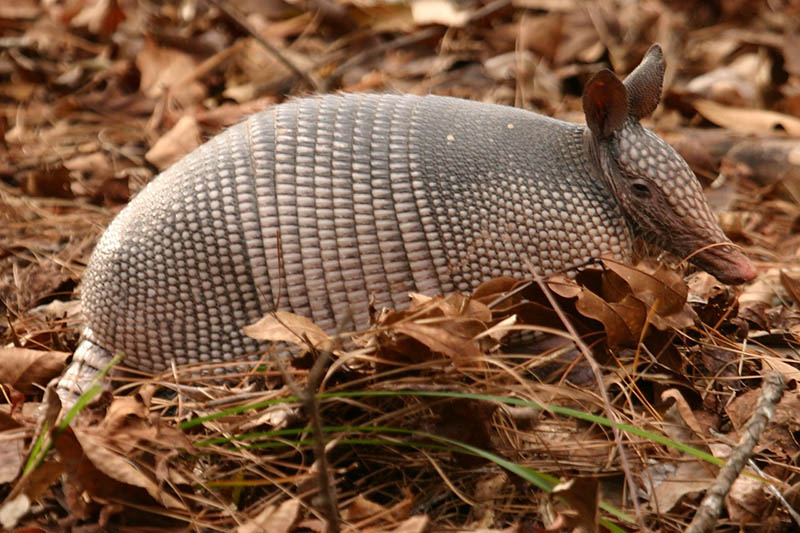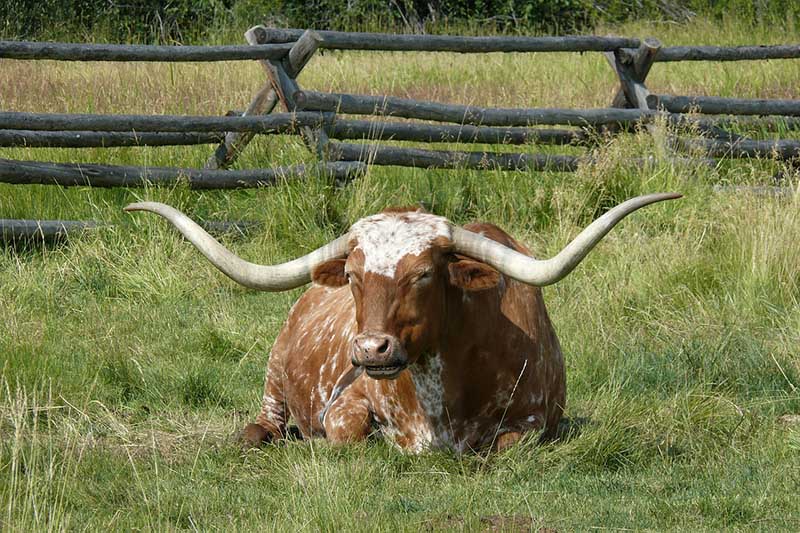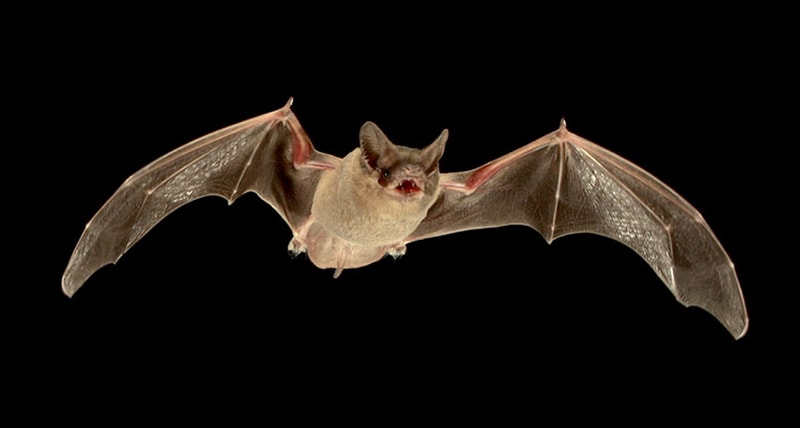We’re all about Texas pride here at Wildflower Dental & Orthodontics in Frisco. That’s why we’re celebrating some wild teeth in the animal kingdom that you can find right here in Texas. We’ll check out some of Texas’ official state animals and take a closer look at their chompers. An animal’s teeth can tell you lot about their diet. For instance, humans have molars that help grind fruits and veggies. Our pointed teeth in the front of our jaws help us rip into tougher foods such as meat. Animal teeth can seem pretty strange by comparison, but are equally suited to their diets. See our top Texas animal teeth below!
1) State Animal: Armadillo

Armadillos actually have very few teeth to begin with. Their teeth consist of a handful of molars that are like push-pins in their jaws. You won’t find any incisors or canine teeth. The teeth they DO have have no enamel, which is the ultra-hard exterior of the tooth. How do they eat without teeth, you might ask? They primarily eat small insects, which doesn’t require too much chewing. They can essentially slurp down creepy-crawly things with their long tongues.
2)State Mammal: Longhorn

Since cows eat upwards of 100 pounds of grass or corn every day, you can bet their teeth are working over time. But an interesting fact is that while they have molars and incisors, all of their 8 incisors are found on the bottom of their mouths. On the top, cows have a ‘dental pad’ which is a section of rough skin that covers their gums. Their stomach also acts as an extra set of teeth in a way! That’s because cows have a multi-compartment stomach that aids in digesting food. Cows are lazy chewers, preferring to swallow most of their food un-chewed. After the food spends a bit of time in their ‘rumen’, they then regurgitate it for another go! Ever notice that cows are constantly chewing? You’re right, and the process wears their teeth down continuously. Gross, but also fascinating.
3) State Flying Mammal: Mexican Free-Tailed Bat

No vampire blood-sucking fangs here. Just like Armadillos, Mexican free-tailed bats are primarily insectivores – meaning they would rather a juicy moth than to suck your blood (a common misconception about bats). Unlike bats that live mostly on fruit and nectar, insect-eating bats have less complex, smoother molars that are great for cutting into hard exoskeletons. Texas is part of the great bat migration to the south each year. The largest urban colony of bats in North America is found in Austin. They eat 10,000 to 30,000 pounds of insects EVERY NIGHT! But their teeth aren’t just for eating. Baby bats (or pubs) cling to their mothers using their tiny incisors.
We hope this blog post of Texas animal teeth was illuminating. Questions about YOUR teeth? Contact the experts at Wildflower Dental & Orthodontics in Frisco today!





